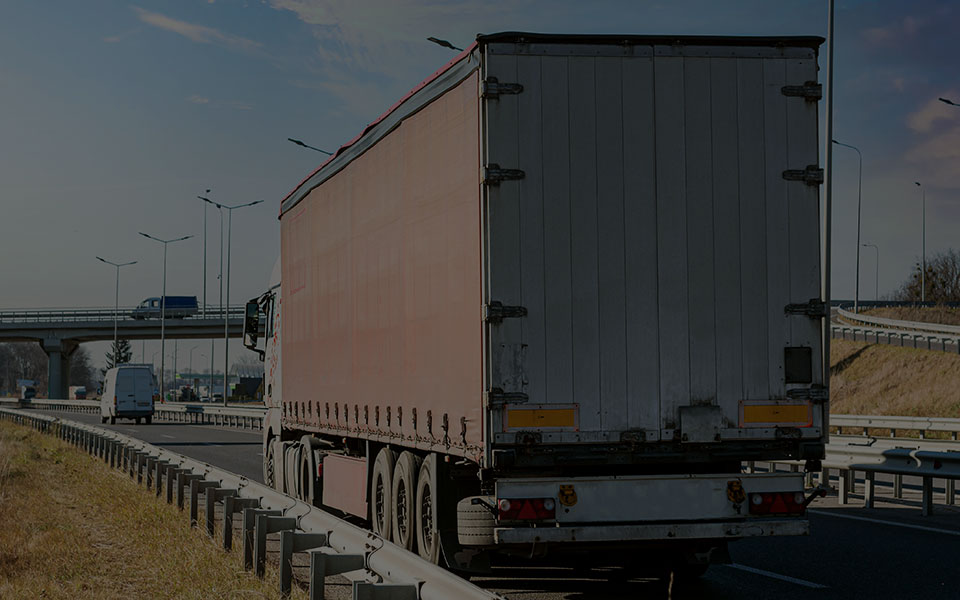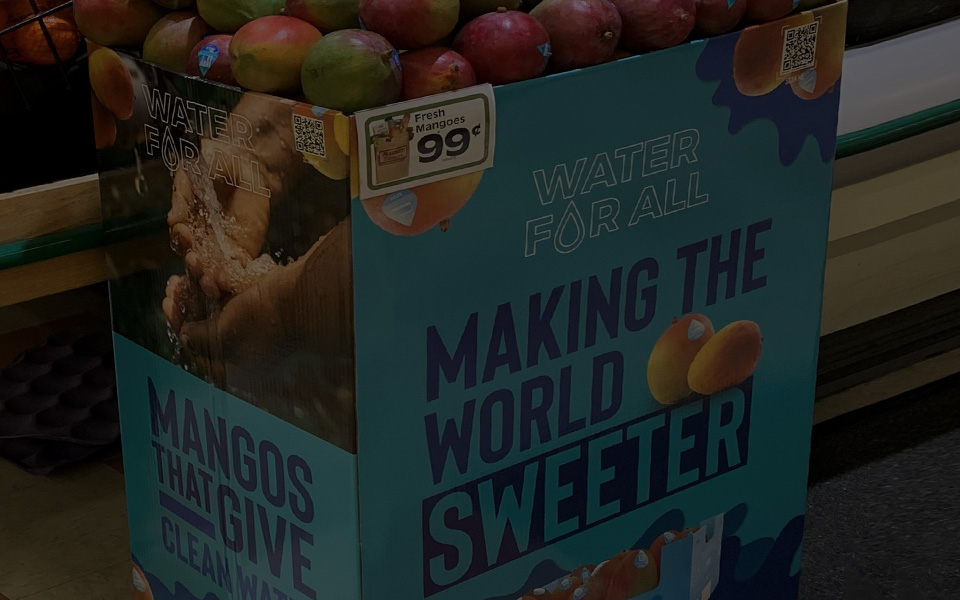Six Ways to Reduce Food Waste by Tracking the Supply Chain

*On June 1, 2023 Emerson’s Climate Technologies business became a new standalone company – Copeland. Though our name has changed, we are building on more than a century of HVACR innovation and industry leadership, and Copeland continues to offer the same products, industry stewardship, and learning opportunities you’ve grown to trust. Information found on this webpage posted before June 1, 2023 may contain our old name or branding, but you can be at ease knowing it was created with the knowledge and expertise of Copeland.
By the time fresh produce travels from the farm where it’s grown to your restaurant or dining room table, a significant percentage of the crop will have been lost, stolen, mishandled, damaged, spoiled, dropped in a grocery store parking lot or ruined in some other way. According to the U.S. Department of Agriculture, more than one-third of all available food goes uneaten through loss or waste. That’s like losing one out of every three bags of groceries.

The precise statistics vary by product, region and other factors — but they’re sobering no matter how you look at them. The food industry is pouring a lot of energy and resources into products that are ultimately wasted.
Thankfully, it’s not all doom and gloom. The numbers used to be much worse, and the industry has already made a lot of progress toward reducing food waste. Although we can’t resolve everything, we can still make a big difference with technologies and practices that are already in place today.
The solution is better management of how perishable items are handled, and there are six easy ways to make that happen.
- Make data-driven decisions
You might be surprised to discover how many times food items change hands. From the moment of harvest, it could be handled by multiple freight carriers and other stakeholders responsible for packaging, importing/exporting, quality assurance (QA), stocking grocery store shelves, delivering products directly to your home, and more. That’s a lot of people handling your food. The first step toward reducing waste in all these channels is to have a solution in place that can monitor its progress on an ongoing basis — no matter where in the world your shipment is or who’s handling it at the time.
Copeland (formerly Emerson’s Climate Technologies business) can provide a solution that gives you global data insights into your shipments — available with one click in a single dashboard, rather than having to pull different data streams together.
You’ll know exactly where your product is at any given time and whether it’s being handled and shipped at the correct temperature. You’ll also have more tools for preventing intrusions, including theft of the cargo itself or attempts to smuggle items or people inside it, which could contaminate the shipment or create unwanted surprises at ports or border crossings.
Having complete visibility and control of your transit data is extremely valuable in the event of shipment disputes. You won’t have to rely on third parties to get the proof you need if there’s an issue with a shipment, even if you’re shipping via a sea container.
- Leverage AI and predictive analytics
Shipment delays happen. Copeland can proactively alert you about potential shipment delays, whether they’re being transported by truck, sea container or air cargo, and provide you with real-time estimated time of arrival (ETA) updates.
One of the biggest advantages of this service is the ability to reroute shipments to closer destinations and ensure that you have teams waiting in the right locations, minimizing shelf life losses.
In addition, Copeland can monitor your equipment to proactively predict upcoming maintenance. As a result, you can head off downtime before it happens, preventing breakdown hassles during transit.
- Strengthen food safety and brand protection
Having data tools in place provides you with significant safety and brand protection. You’ll know exactly when items arrive at restaurants or grocery stores, whether they’ve been handled as stated without being diverted or stolen, and that no intrusions have taken place.
You’ll also have proof of your product’s authenticity in markets where food counterfeiting is on the rise. For example, in 2022 an estimated 12,000 hectares of a highly valued kiwifruit brand were grown illegally in China. That was more than the 9,000 hectares of genuine product grown in New Zealand!
- Score your cold chain
One of the best ways to reduce waste, improve quality, and provide great customer experiences is simply to ensure that every stakeholder does their part in the cold chain. In addition to protecting your product and your brand, you can use transport and shipping lane score cards to evaluate suppliers, transport providers, import locations, handlers and last-mile delivery. In this way, you’ll get a better understanding of which routes, providers and orders can be relied on for on-time arrival, as well as correct handling, loading and offloading procedures.
- Understand seasonal and geographic factors
The food industry deals with a lot of seasonality, and many growing seasons are relatively short. By analyzing data from previous shipping seasons, you can make better decisions on how to handle your produce and determine which routes are most likely to ensure the best quality experience.
- Consult cold chain experts
Copeland industry experts can help you make the most of your data when designing your plan for the coming export season. We can also advise you on the most efficient ways to handle your products, based on the unique characteristics of your entire supply chain. Reducing food waste by as little as 1 percent can make a big difference to your profitability while ensuring a better product experience for your customers.
To learn more about Copeland’s award-winning cargo tracking and monitoring services, visit the Cold Chain Tracking and Monitoring page.

Six Ways to Reduce Food Waste by Tracking the Supply Chain
by Gerd Uitdewilligen | Cold Chain
*On June 1, 2023 Emerson’s Climate Technologies business became a new standalone company –...

Protect Valuable Shipments in High-Crime Areas
by Lissandra Rodriguez | Cold Chain
*On June 1, 2023 Emerson’s Climate Technologies business became a new standalone company –...

Real-time Tracking Protects Valuable Mango Cargo
by Andres Toro | Cold Chain
*On June 1, 2023 Emerson’s Climate Technologies business became a new standalone company –...
The post Six Ways to Reduce Food Waste by Tracking the Supply Chain appeared first on Copeland.